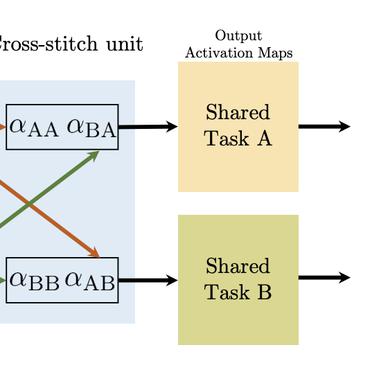Hypersim: A Photorealistic Synthetic Dataset for Holistic Indoor Scene Understanding
For many fundamental scene understanding tasks, it is difficult or impossible to obtain per-pixel ground truth labels from real images. We address this challenge by introducing Hypersim, a photorealistic synthetic dataset for holistic indoor scene understanding. To create our dataset, we leverage a large repository of synthetic scenes created by professional artists, and we generate 77,400 images of 461 indoor scenes with detailed per-pixel labels and corresponding ground truth geometry. Our dataset: (1) relies exclusively on publicly available 3D assets; (2) includes complete scene geometry, material information, and lighting information for every scene; (3) includes dense per-pixel semantic instance segmentations and complete camera information for every image; and (4) factors every image into diffuse reflectance, diffuse illumination, and a non-diffuse residual term that captures view-dependent lighting effects. We analyze our dataset at the level of scenes, objects, and pixels, and we analyze costs in terms of money, computation time, and annotation effort. Remarkably, we find that it is possible to generate our entire dataset from scratch, for roughly half the cost of training a popular open-source natural language processing model. We also evaluate sim-to-real transfer performance on two real-world scene understanding tasks - semantic segmentation and 3D shape prediction - where we find that pre-training on our dataset significantly improves performance on both tasks, and achieves state-of-the-art performance on the most challenging Pix3D test set. All of our rendered image data, as well as all the code we used to generate our dataset and perform our experiments, is available online.
PDF Abstract ICCV 2021 PDF ICCV 2021 Abstract




 Hypersim
Hypersim
 ScanNet
ScanNet
 NYUv2
NYUv2
 GTA5
GTA5
 Replica
Replica
 Pix3D
Pix3D